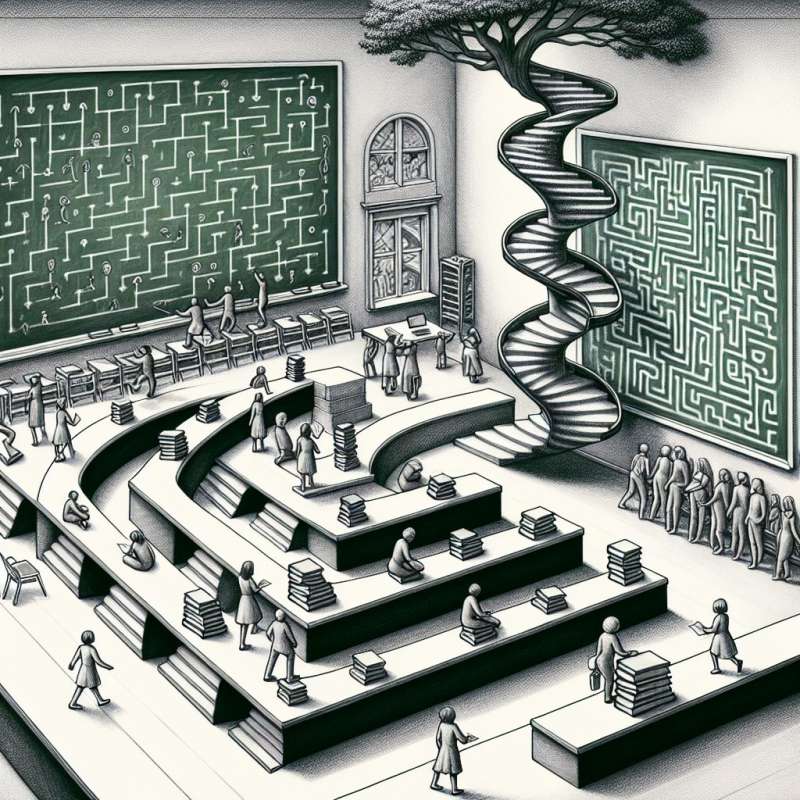
Understanding Java Recursion
Recursion is a process where a method calls itself continuously. A method in Java that uses this technique is called a recursive method. It's a powerful concept that simplifies complex problems, especially in algorithms.
Base Case Importance
Every recursive method must have a base case, the condition under which the recursion ends, to prevent infinite loops and eventual StackOverflowError. It defines the simplest instance of the problem that can be solved directly.
Stack Frames and Recursion
Each recursive call creates a new stack frame in the call stack, which stores local variables and the return address. When the base case is reached, the stack frames unwind as each call completes.
Recursion vs Iteration
Recursion can be less efficient than iteration due to overhead from multiple stack frames. However, some problems, such as tree traversals and backtracking algorithms, are inherently recursive and clearer to implement using recursion.
Tail Recursion Optimization
Tail recursion is a special kind of recursion where the recursive call is the last operation in the method. Some languages optimize tail recursion to prevent additional stack frames, but Java does not do this natively.
Memory Implications
Deep recursion can lead to a stack overflow if the recursion depth exceeds the allocated call stack size. Java programmers need to be cautious and understand their recursion depth to prevent runtime errors.
Designing Recursive Algorithms
To design a recursive algorithm, identify how the problem can be broken down into subproblems. Ensure subproblems converge to the base case. Recursion can lead to elegant solutions for complex problems like the Tower of Hanoi or Fibonacci sequence.
What is a method using recursion called?
Recursive method
Iteration method
Stack method
Company